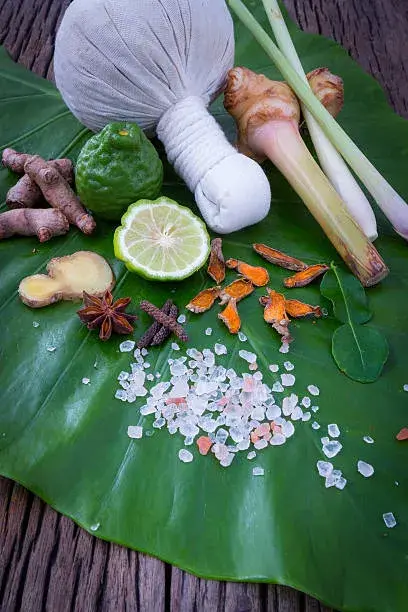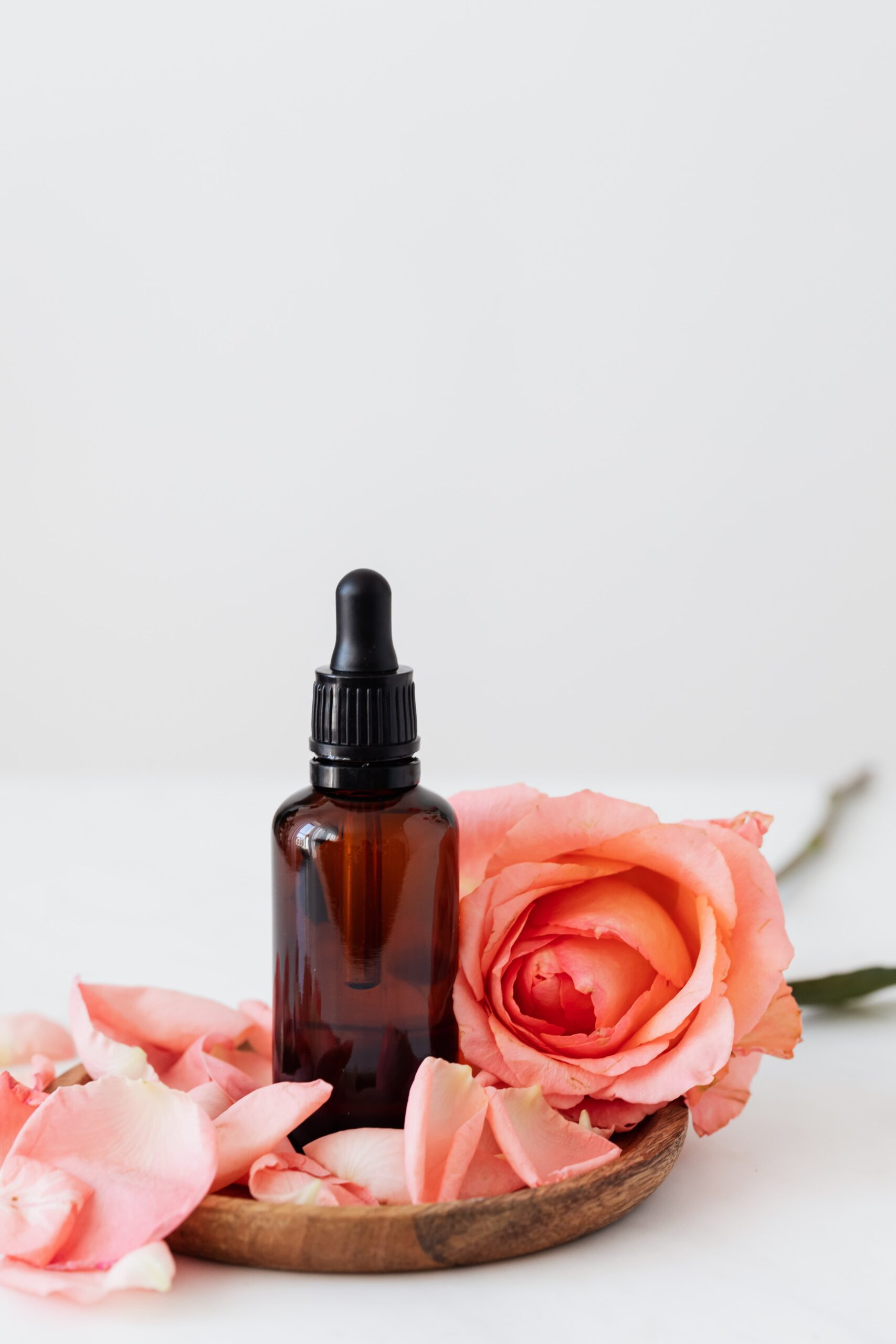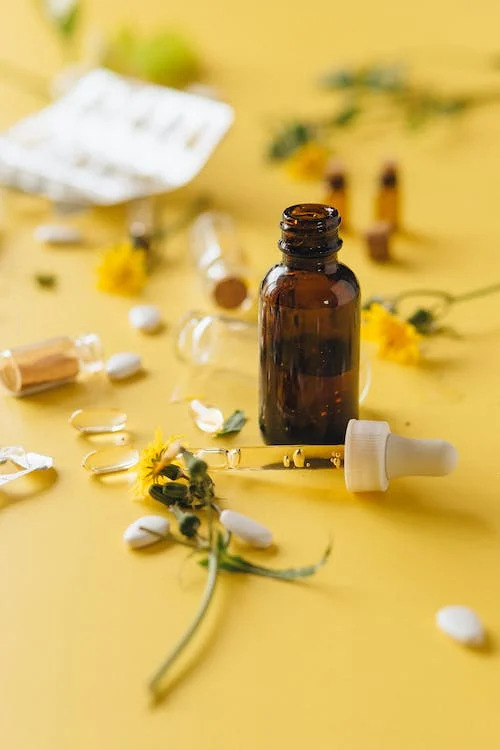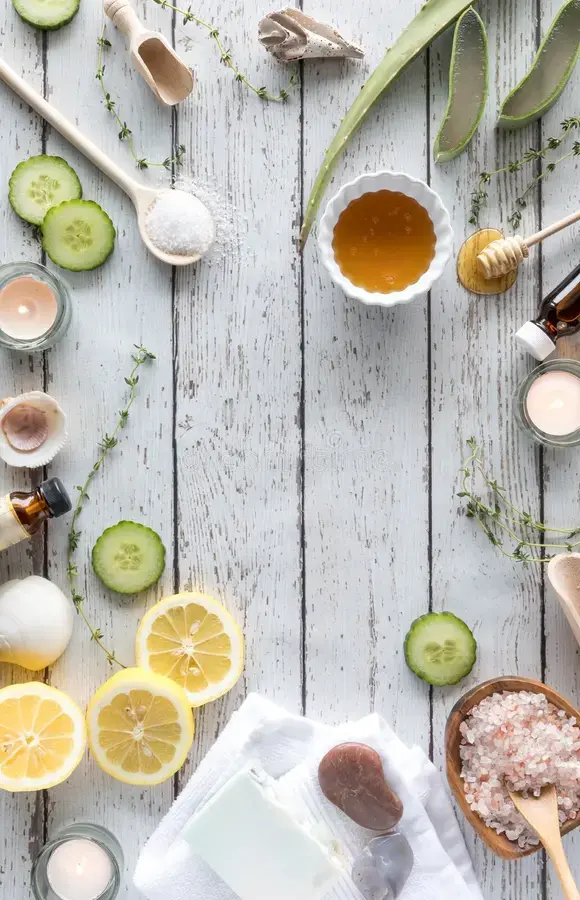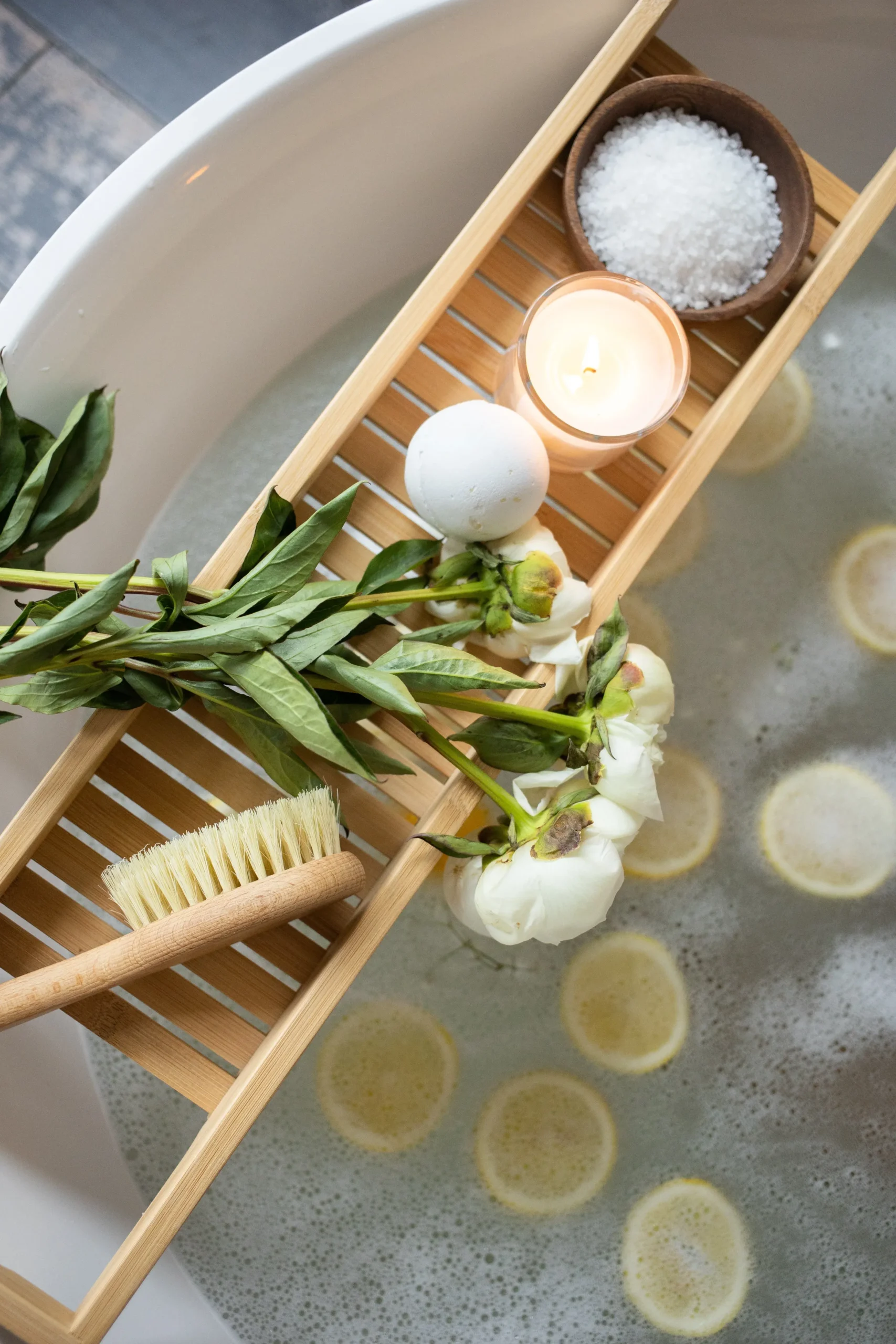Fever
A body temperature of about 97°F to 98.6°F is generally considered normal. For adults, an above-normal temperature up to 102°F represents a low-grade fever, and one above that is considered a high fever. Body temperature is largely regulated by a region of the brain known as the hypothalamus. When the body comes under attack by infectious bacteria or viruses, or undergoes certain types of injury, the hypothalamus responds by elevating body temperature. This response is actually an innate defense mechanism, because an elevated body temperature activates the immune system, thereby speeding up the healing process. Since fevers can serve a natural restorative function, letting a low-grade fever run its course can be a good idea. On the other hand, persistent fevers or temperatures above 104°F can overwhelm the body, and should be suppressed. High fevers are of special concern in children under age 4, as they can lead to convulsions or dehydration. Call your doctor if you or a child has a high or persistent fever or if other worrisome symptoms are present.
TAKING A TEMPERATURE
A rectal thermometer provides the most precise measure of body temperature; keep it in place for 3-5 min. If you take . your temperature orally, add 3 about 0.7°F to the reading. For – temperatures taken under the arm, add about 1.5°F. Use a – thermometer that records ” most accurate type of device.
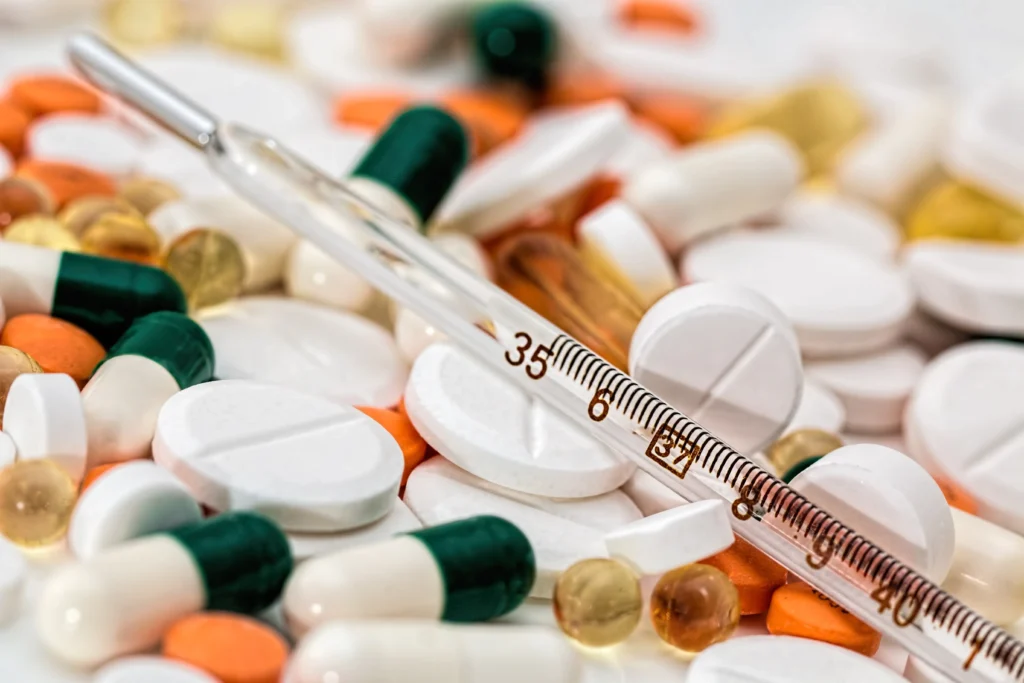
FEVER
What You Can Do: The prime concern during a fever is to protect against dehydration. Drink a lot of liquids throughout the day to replace lost fluids and eat a low-fat diet to help ease digestion. Fevers are best treated with gentle measures, such as washing with cold vinegar to cool the body or taking hot baths to induce a sweat.
🙤 Sweat treatment
A sweat treatment can cool the body and lower a fever. It can also mobilize your immune system, thus helping to rid the body of fever-inducing microbes. Dissolve 1-2 pounds of table salt in hot bathwater and then soak in the hot tub for 20-30 minutes. You can drink a cup of hot elderberry juice or elder- flower or linden-flower tea before getting into the bath in order to help the bath induce perspiration. Follow the bath with 24 hours of strict bed rest. A sweat bath is not a good idea if you have heart problems; check with your doctor before starting treatment.
🙤 Cold-water leg rinses
Rinsing the lower legs with cold water dissipates heat and helps to bring down a fever quickly. Rinse your legs, starting at the knees and moving down to the feet. Begin with the water temperature about 4°F lower than your body temperature. Gradually reduce the temperature over the next 15 minutes until it is about 60°F. Follow immediately with bed rest.
🙤 Homeopathic fever remedies
Homeopaths recommend various remedies to boost immunity and reduce fever. Two popular fever-reducers are Aconitum and Belladonna, which are commonly given in a 12X strength. Dilute 5 drops of either remedy in a glass of water. Repeat every half hour or so as needed.
Extra Tip
Fever often causes loss of appetite. This symptom is a signal to the body that it should rest and avoid additional stresses., Refraining from eating solid foods for a day or two during a fever may help the body to purify itself. But always drink plenty of fluids to prevent dehydration.
✽ Help for Febrile Conclusion ✽
♦ Children up to the age of 4 may have febrille convulsions, or fever fits, “if their fever exceeds 102°F. Though shaking or even unconsciousness can result, the condition looks scarier than it is. If convulsions occur, remain calm, keep your child’s airways clear and call your doctor as soon as the convulsions end, which usually happens within 5 min. To aid recovery.some healers suggest Rescue Remedy, a Bach floral preparation also known as first-aid drops. Place several drops in the mouth every few hours.
✽ A Tea Blend Flu ✽
1/2 oz. meadowsweet leaves and stems
1 oz. willow bark
% oz. rose hips
½ oz. chamomile flowers
1% oz. linden flowers
Pour 1 cup of hot water over 1-2 tsp. of the herb mixture and let it steep for 10 min. Drink a cup of this medicinal tea 3 times daily. It will help to reduce fever and to strengthen the immune system.
✽Sweat-Inducing Teas ✽
♦ Elder flower or linden flower tea
Teas made from elder flowers or linden flowers promote perspiration, lower fever and boost immunity. Drink several cups daily. Hot elderberry juice may have the same effect.
♦ Echinacea tea
Commercial echinacea tea is very effective against fever, particularly in cases of flu. Drink several cups of the tea daily as needed. The tea also strengthens the immune system.
✽ Calf Wraps for Fever ✽
♦ Dip 2 dish towels in cold water, wring them out slightly and wrap them around the calves. Cover the wet compresses with a dry terry hand towel, and enclose both lower legs in a large plastic bag. Remove the wraps after 15 min. Wait 30 min., then repeat this procedure.
Extra Tip
Fever often causes loss of appetite. This symptom is a signal to the body that it should rest and avoid additional stresses., Refraining from eating solid foods for a day or two during a fever may help the body to purify itself. But always drink plenty of fluids to prevent dehydration.

